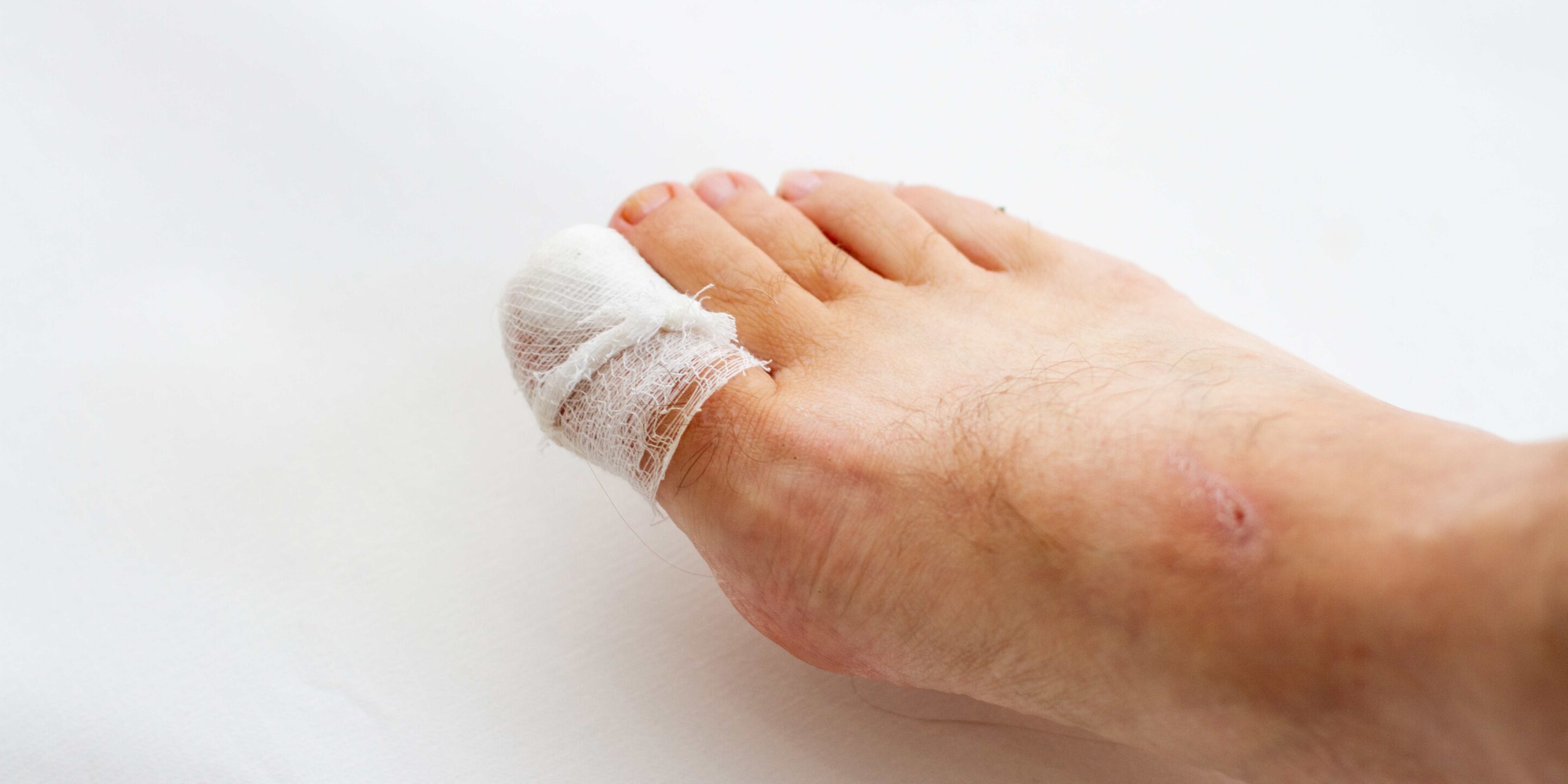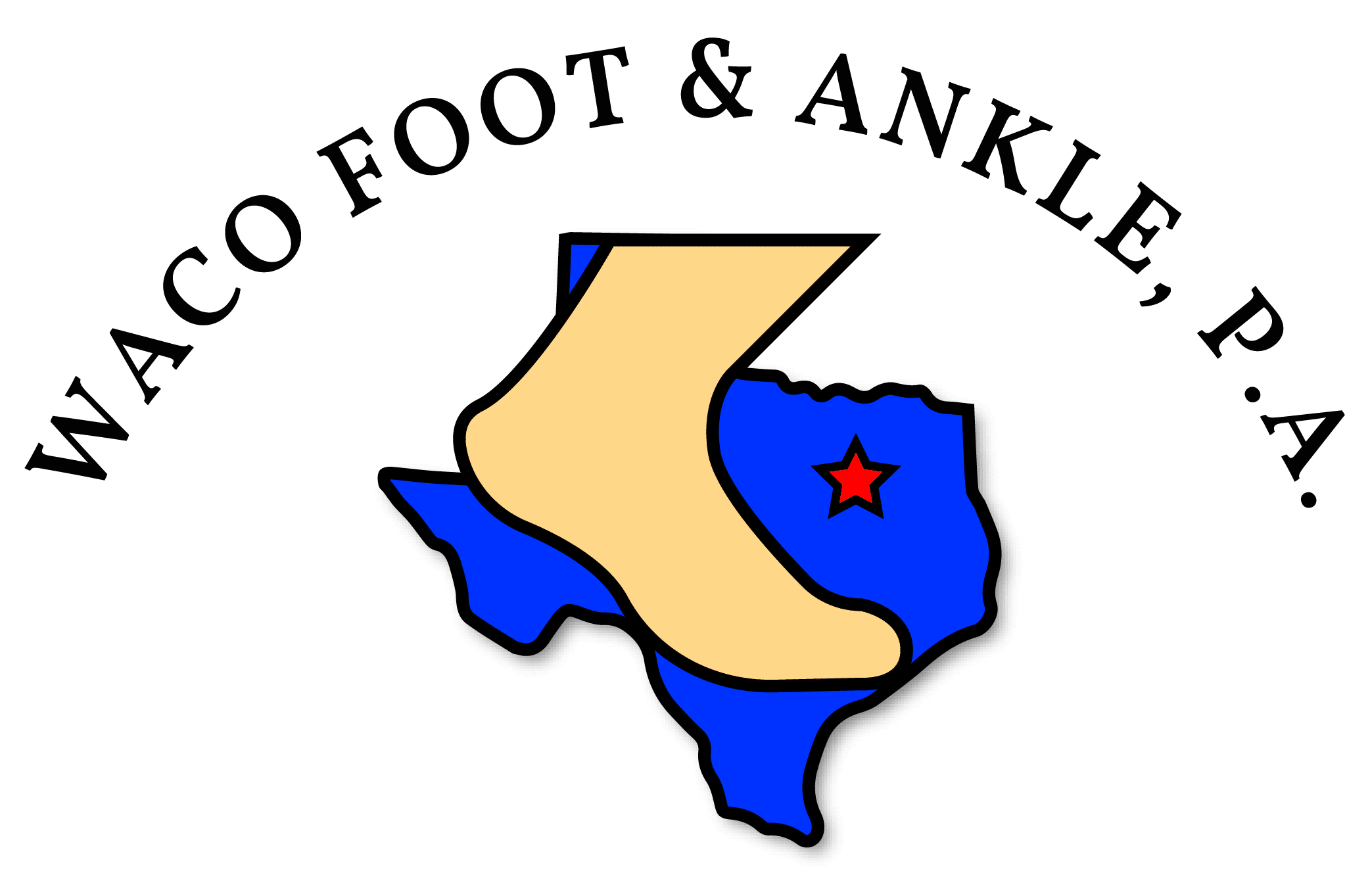Does Ingrown Toenails Surgery Hurt?
Understanding the Causes of Ingrown Toenails
Ingrown toenails can be attributed to various factors, with each contributing to the painful condition.
Trimming Nails Too Short or in a Curve
One of the primary causes of ingrown toenails is inadequate toenail maintenance. Cutting the nails too short or in a curved fashion can lead to the toenail growing into the surrounding skin, causing pain and discomfort.
To avoid this, it’s essential to trim your toenails straight across, rather than rounding them at the corners. This promotes healthy nail growth and reduces the risk of ingrown toenails.
Shoes that are Too Tight or Small
Wearing ill-fitting shoes is another common culprit behind ingrown toenails. Shoes that are too tight or small can exert constant pressure on the toes, pushing the toenail into the adjacent skin.
Choosing shoes with proper sizing and providing enough room for the toes can significantly reduce the likelihood of ingrown toenails.
Inherited Genes and Naturally Curved Nails
Some individuals are genetically predisposed to naturally curved nails. Inherited genes can contribute to the curvature of the toenails, making them more prone to ingrowth.
While genetic factors may be beyond your control, being aware of your family history and taking preventive measures can help manage the risk.

Why Do Ingrown Toenails Hurt?
The pain associated with ingrown toenails arises from the toenail digging into the surrounding skin. When the edge or corner of the toenail grows into the flesh, it triggers inflammation, redness, and tenderness. As the condition progresses, it can lead to infection, causing additional discomfort.
The presence of an ingrown toenail may result in the following symptoms:
- Swelling and redness around the affected area.
- Pain and tenderness, especially when pressure is applied to the toe.
- Formation of pus or drainage if an infection develops.
Understanding the source of the pain is crucial in deciding the appropriate course of action, and for many, ingrown toenail surgery becomes a viable solution.
What Can You Expect from Ingrown Toenail Surgery?
Local Anesthetic Injection
Ingrown toenail surgery typically begins with the administration of a local anesthetic to numb the toe. The injection may cause a mild burning sensation that lasts around 60 seconds. However, it’s important to note that this discomfort is usually well-tolerated by most individuals.
The purpose of the local anesthetic is to ensure that the surgical procedure itself is painless. Once the toe is adequately numbed, the surgeon can proceed with the removal of the ingrown toenail.
Painless Procedure
The surgical removal of an ingrown toenail is a relatively quick procedure, typically taking about 10 minutes. During this time, you won’t feel any pain due to the effectiveness of the local anesthetic.
The surgeon carefully removes the ingrown portion of the toenail, addressing the root cause of the pain and discomfort. This process alleviates the pressure on the surrounding skin, promoting healing and preventing further complications.
Dressing the Wound
Following the removal of the ingrown toenail, the surgeon applies gel and gauze to the treated area. A bandage is then used to secure the dressing, providing protection to the wound and facilitating the healing process.
The dressing serves to keep the area clean, prevent infection, and minimize any post-operative discomfort. It is essential to follow the surgeon’s instructions regarding proper wound care to ensure optimal healing.
After Surgery Care
While ingrown toenail surgery is a relatively straightforward procedure, proper aftercare is crucial to a smooth recovery process. Here are key points to consider:
Mild Swelling and Aches
It’s common to experience mild swelling and aches at the surgical site following the procedure. This is a normal part of the healing process and is generally temporary. The application of ice packs and keeping the foot elevated can help reduce swelling and alleviate discomfort.
Post-Op Kit
Patients are typically provided with a post-operative care kit that includes necessary items for wound care. This may include antiseptic solutions, gauze pads, and instructions on how to change dressings.
Following the provided guidelines for wound care is essential to prevent infection and ensure proper healing.
Cautionary Measures
To promote a smooth recovery, individuals who have undergone ingrown toenail surgery should take certain precautions:
- Avoid stubbing or injuring the treated toe, as this can hinder the healing process.
- Refrain from engaging in rigorous exercise or sports activities for a specified period. The duration will be advised by the surgeon based on individual cases.
- Wear comfortable and supportive footwear to reduce pressure on the toes during the recovery phase.

Quick Return to Normal Activities
Despite the necessary precautions, many individuals find that they can return to wearing regular shoes and resume their normal activities, including work or school, the day after the surgery. The absence of the ingrown toenail alleviates the pain and discomfort, allowing for a quick return to daily routines.
Ingrown toenail surgery is a painless procedure that offers significant relief from the discomfort caused by the ingrown toenail itself. The mild burning sensation experienced during the local anesthetic injection is short-lived and generally well-tolerated by patients.
With proper aftercare, individuals can navigate the postoperative period with ease, experiencing minimal swelling and aches. The provided post-operative kit ensures that patients have the necessary tools for effective wound care, reducing the risk of complications.
Ingrown toenail surgery is a practical and effective solution to address the root cause of ingrown toenails, providing long-term relief. If you’ve been grappling with the pain of an ingrown toenail, don’t let the fear of surgery hold you back. Schedule an appointment today to take the first step toward pain-free and comfortable feet. Your future pain-free steps await!
